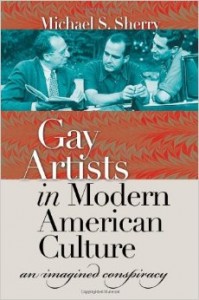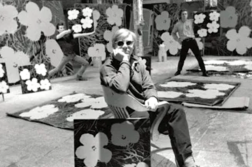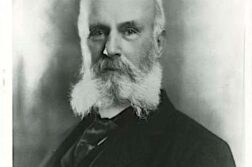 Gay Artists in Modern American Culture: An Imagined Conspiracy
Gay Artists in Modern American Culture: An Imagined Conspiracy
by Michael S. Sherry
University of North Carolina Press
304 pages, $29.95
THE SO-CALLED “HOMINTERN” was an imagined conspiracy of mid- to late-20th-century gay artists whose works and influence served to destabilize Cold War America—or so it was argued by reactionary pundits. In fact, as Michael S. Sherry documents in his new book, Gay Artists in Modern American Culture: An Imagined Conspiracy, a bunch of more-or-less paranoid journalists, writers, and political pundits dreamed the whole thing up. That’s not to say that the idea of a gay artistic conspiracy didn’t have a very real, hostile influence upon an entire generation. The suspicion that gay men and women were out not only to help themselves and one another, but also to undermine core American values, became a fixed idea of the era and influenced the policies of at least one president.






